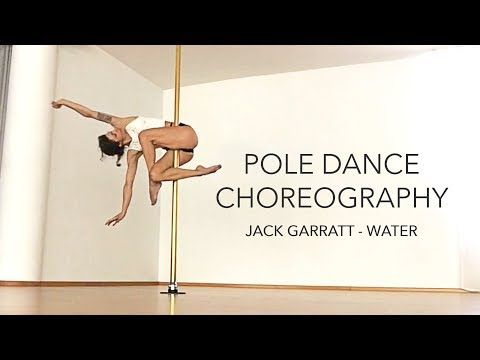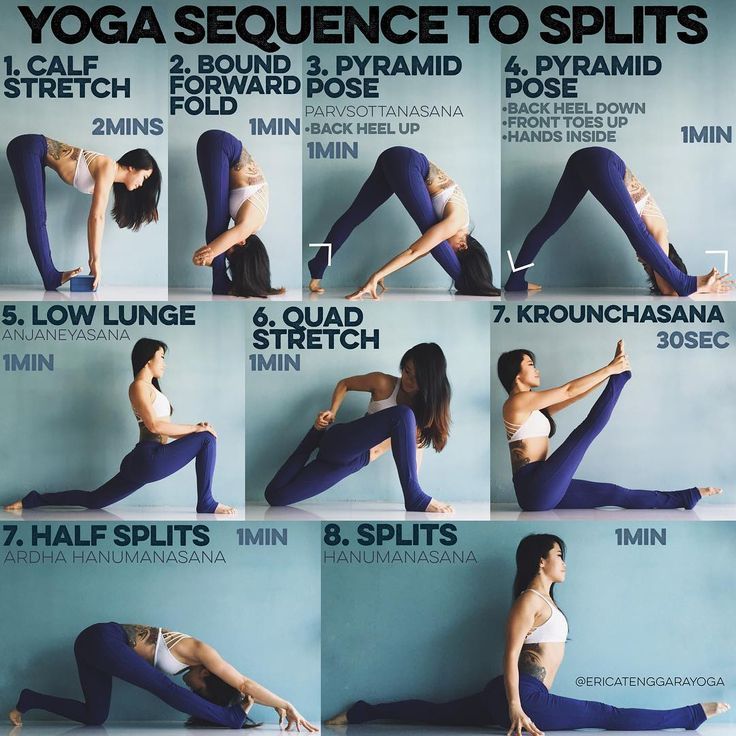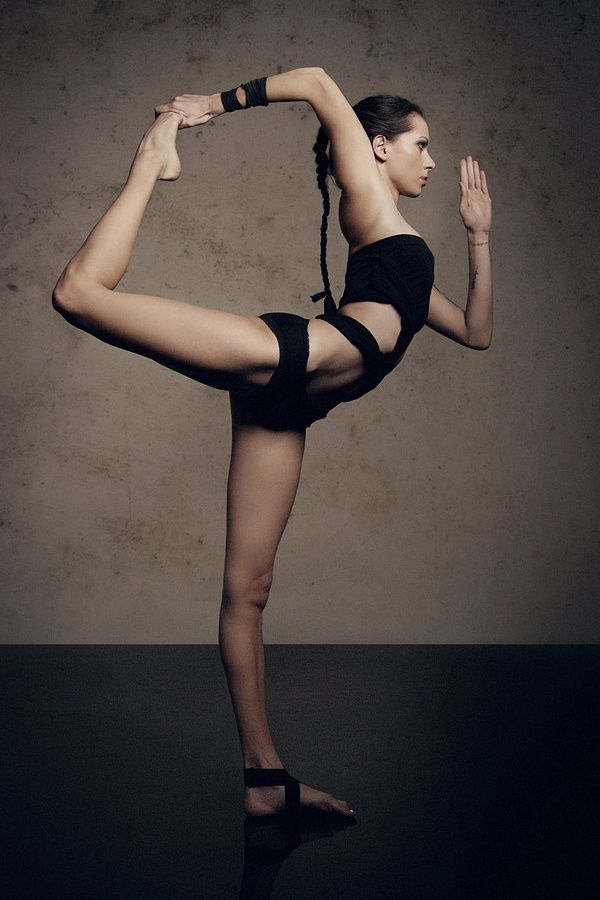How to create your own dance moves
10 tips to help you out
Read this article in Hindi
Creating movement from scratch to encompass the feeling, rhythm, and theme of a song takes a little imagination and some work, whether you're a beginner or getting ready for a big performance. When you're including the movements and dance phrases for multiple performers, too, choreographing a dance can get quite complicated. That's why we're giving you some top pro tips on how to choreograph a dance when you're feeling stuck, including methods you can use to step outside the box and spice up your routine.
1. Study the Music
If you know what music you want to choreograph your dance to, start studying. Go beyond creating movements based on the rhythm and beat of the song, and study the lyrics, the emotion, and the meaning behind the song. You can find inspiration from the feelings you get when you read the words, and embrace the emotion the artist puts into the song.
Poppin' C, a Swiss popping dancer, says, "The music is everything for me, because the way my body adapts and moves, is because of the way I feel the music. " By knowing every part of your music inside and out, you can design dance moves that really work with the beat and lyrics.
B-boy Junior holds a breaking workshop at Red Bull BC One Camp in Mumbai
© Ali Bharmal / Red Bull Content Pool
2. Watch the Pros
Take some time to watch dance-heavy musicals, like "Chicago" and "Anything Goes," competitive series like "World of Dance," and even street performers, like Logistx, to grab some inspiration for your moves. Observe the styles, transitions, and combinations of movements and note how pro dancers create a physical connection to the music. This can help motivate you to create dances that get the audience to connect with your physical interpretations of the music.
3. Plan for Audience and Venue
Think about who your performance or event is for. Consider the venue you're performing at, too, because your dance environment can help you find ways to creatively express emotion. Lighting, sound, and the overall ambiance of your venue can help you design dances that incorporate mood and emotion to connect with the audience during your performance.
4. Think About Dance Style
Choreograph with steps and dance moves that reflect a specific style. You might try incorporating hip hop steps into a classical dance to mix it up and create your own unique dance style, for example. If you're just starting out with dance choreography, try focusing on learning how to balance a specific style of dance with your unique interpretation of the music you're dancing to.
Kid David poses for a portrait at Red Bull Dance Your Style USA Finals
© Carlo Cruz/Red Bull Content Pool
5. Focus on the Basic Elements
Focus on one (or several) of the most basic elements of dance: shape, form, space, time, and energy. For form, you can focus on designing phrases and steps based on a specific form from nature, like an animal or landform. Use your stage space to showcase explosive energy and give certain aspects of your performance a punch of emotion that keeps your audience engaged.
6. Don't Start at the Beginning
If you're stuck trying to figure out how to start your dance, plan it out from the middle or from the end. Tell a story through your dance choreography and plan out the climatic elements before the small steps to help you flesh out where you want to go with your ideas. Once you've outlined the basic structure of your choreography, piece it together into an entire work.
Tell a story through your dance choreography and plan out the climatic elements before the small steps to help you flesh out where you want to go with your ideas. Once you've outlined the basic structure of your choreography, piece it together into an entire work.
7. Try Choreographing Without Music
Dance in silence. It might seem like a crazy idea since you're choreographing the dance to a specific song. However, just letting your body move and flow with different tunes you imagine can help you step outside your comfort zone and incorporate challenging moves and dance steps that you might not have thought to pair with a song or score. When you discover something you like, pair it with other steps you've already developed and start fitting your moves to the music.
Poppin C shows off his moves during a photoshoot in Lausanne
© Torvioll Jashari / Red Bull Content Pool
8. Embrace Post-Modernism
Study early modern dance forms and styles that can get your imagination flowing.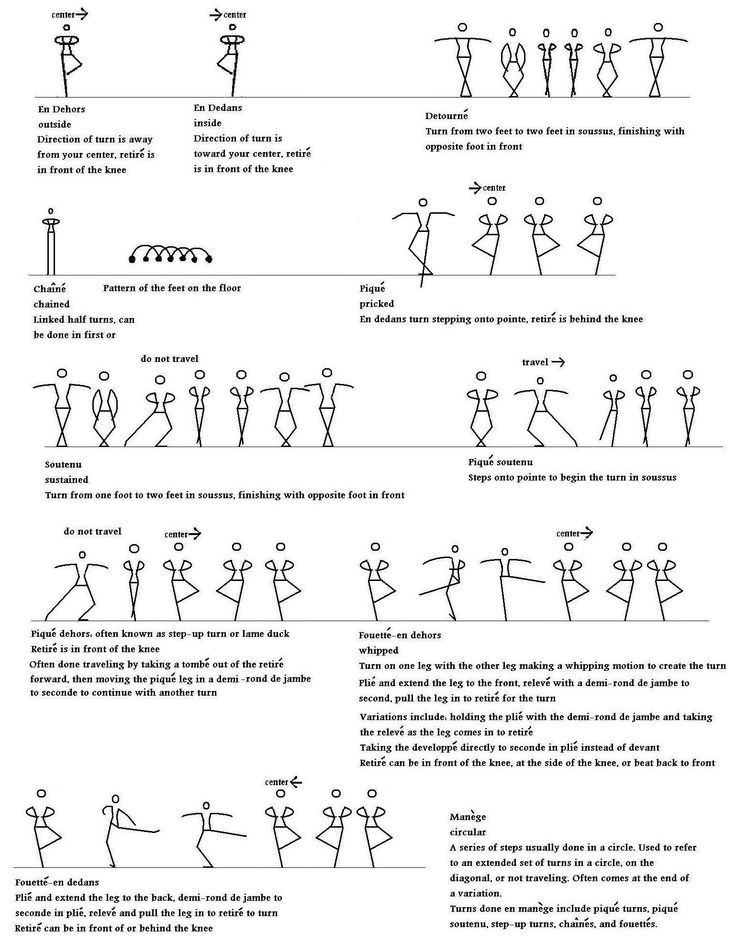 Dancers from the mid-century modern era through the 1950s and '60s (such as Anna Halprin, one of post-modern dance's pioneers) would incorporate a whole world of nontraditional moves in their choreography. Slow walking, vocals, and even common gestures can make imaginative additions to your overall work.
Dancers from the mid-century modern era through the 1950s and '60s (such as Anna Halprin, one of post-modern dance's pioneers) would incorporate a whole world of nontraditional moves in their choreography. Slow walking, vocals, and even common gestures can make imaginative additions to your overall work.
9. Incorporate the Classics
Use classical ballet, traditional ballroom steps, or other classic dance moves to mix up your style. It can be a startling transition for an audience to see a classical ballet step snapped in between freestyle phrases. Combining classical techniques with your dance design can add interest and suspense to your performances.
10. Use Other Art Forms as Inspiration
Don't just focus on music and dance. Look at all kinds of art forms, from two-dimensional paintings to live art performances. Take note of the different emotions and use of space, shapes, and forms that different artworks incorporate, and think about your interpretations and how you can convey that in movement.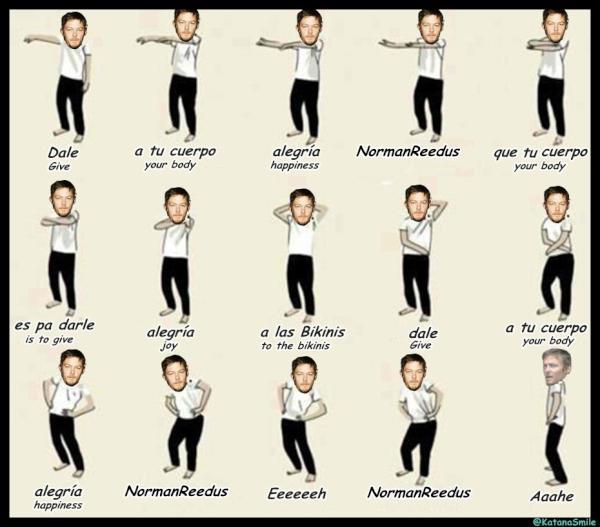 Use this as fuel for your inspiration when choreographing short phrases. Keep up to date on new forms of art to get inspired and avoid the dreaded writer's block (for dancers).
Use this as fuel for your inspiration when choreographing short phrases. Keep up to date on new forms of art to get inspired and avoid the dreaded writer's block (for dancers).
More Pro Tips to Choreograph a Dance
Arlene Phillips CBE, a British choreographer and theater director, got her start pro dancing and choreographing in the 1970s. She's been the choreographer for a variety of performances over the years, including live theater. Her advice for aspiring dancers includes some helpful choreographing tips:
Tell the music's story through your movements
Keep practicing with imaginative steps
Be determined to learn from your mistakes
Challenge yourself with unique rhythms, styles, and techniques
Plan out your most impactful elements then work in additional steps around those
Keep practicing your choreographing techniques
Don't be afraid to learn something new
One of the most important things to keep in mind when choreographing a dance, though, is to embrace diversity.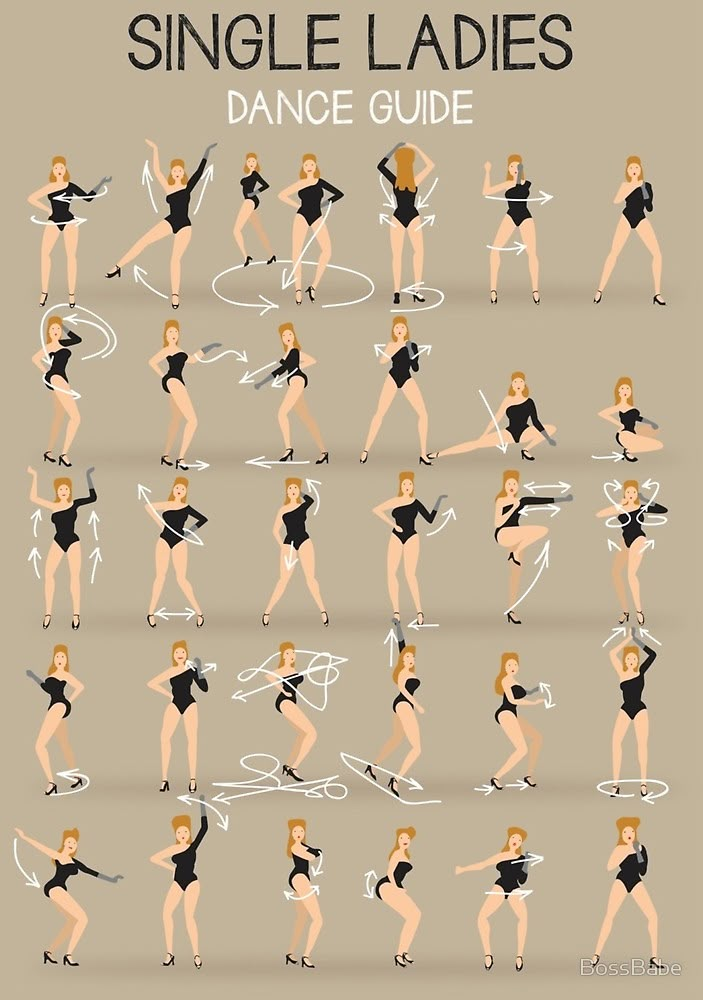 Don't be afraid to do something different or outside the norm. Try incorporating new styles or steps to make your dance fresh, and study all types of art to get excited about your work. The more you challenge yourself to think outside the box, the more creative and unique you can be with your choreography.
Don't be afraid to do something different or outside the norm. Try incorporating new styles or steps to make your dance fresh, and study all types of art to get excited about your work. The more you challenge yourself to think outside the box, the more creative and unique you can be with your choreography.
Learning to Choreograph Your Own Dance
You love to dance, but now you want to choreograph. Where to begin? It takes some time and practice to get it right. It can also be a little intimidating. As a dancer, you're used to taking instruction from your teacher. But once you're the choreographer, you're the one calling the shots -- beyond just what cheap dance costumes to wear. It can all be a little stressful to take in.
But, if you have a true passion for choreography, then you should go for it. You'll be so glad you did. Here's how:
Know your audience.
Before you begin, you have to take your audience into account. For instance, ask yourself: Will the dance be performed before the general public, or in a room full of parents and grandparents? What kind of dance routine do you think they are expecting? If you want your work to resonate with them, then you need to keep them in mind as you're going through the process of choreographing.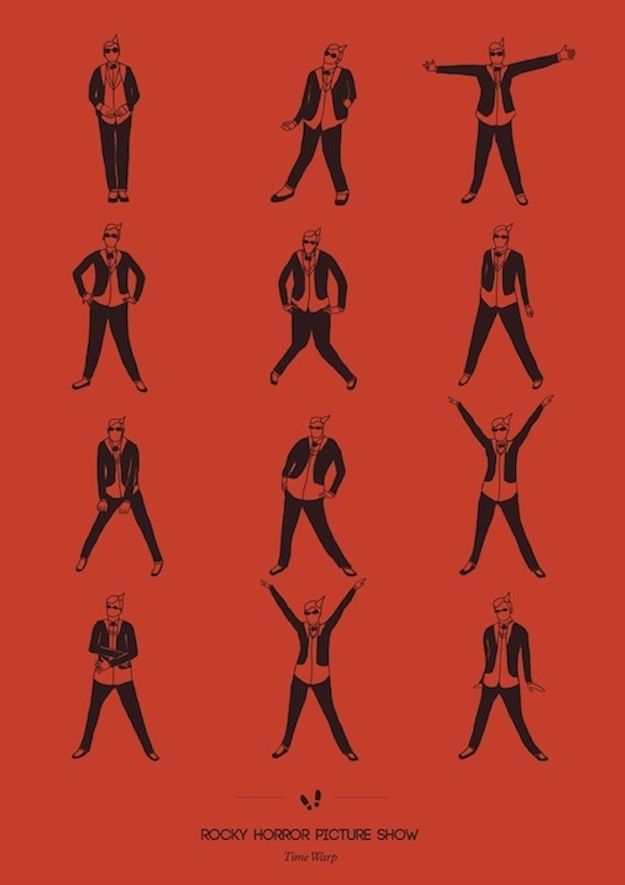 It's also important to consider the venue and how that can impact your routine. For instance, a dance routine at halftime during a football game might look different than one on a stage in a small location.
It's also important to consider the venue and how that can impact your routine. For instance, a dance routine at halftime during a football game might look different than one on a stage in a small location.
Fuel your inspiration.
You know you want to choreograph. But where can you turn for good ideas and inspiration? Sometimes, it's easy to get stuck. But in reality, you don't need to look much beyond everyday life. You'd be surprised at the sources of inspiration that are all around you. For instance, nature, a good book you just read, a memory of an experience that touched you, or simply your own fantasies are all fuel for creativity in choreography. Use these as starting points for a brainstorming session. During it, every idea should be on the table so you don't limit yourself.
Think about the music.
Now that you have a key concept to focus on, you have to think about your music. Which selection will best support it? Should you go for a hip hop selection -- complete with hip hop outfits -- or will something slower and more dramatic be a better fit for your theme?
Once you identify a song, take the time to listen to it many times before making your final decision.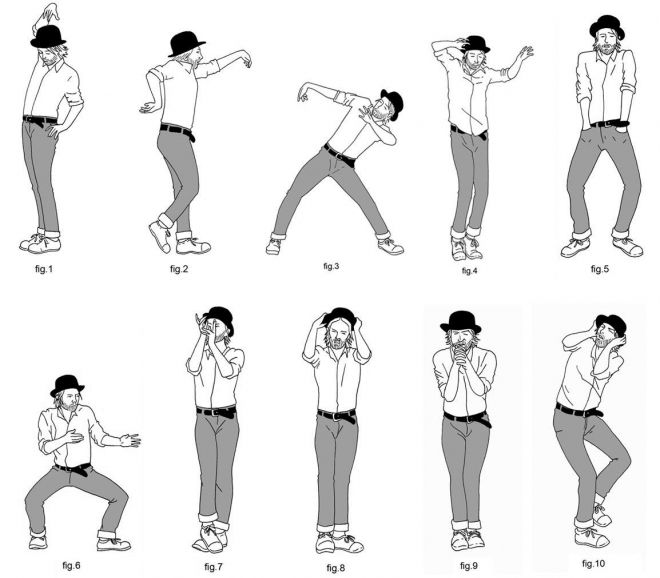 And don't just listen to it in the studio. Listen to it at home when you're doing the dishes, when you're driving around in your car, and at the gym when you're working out. Listen to it at faster speeds, as well as slower ones. This will help you to really get a sense of the rhythm and the quality of the music so you can design dance moves that will fit best with it.
And don't just listen to it in the studio. Listen to it at home when you're doing the dishes, when you're driving around in your car, and at the gym when you're working out. Listen to it at faster speeds, as well as slower ones. This will help you to really get a sense of the rhythm and the quality of the music so you can design dance moves that will fit best with it.
Also, if the song is too long -- for instance, your routine needs to be two minutes and the song is four -- then you're also going to have to do some editing.
Start creating your moves.
Once you have the concept and the music in place, your dance routine should be coming together more clearly in your head. That said, still stay open to the possibilities. You might have a specific vision in mind. However, you never know when inspiration might hit and result in something better. Just make sure that whatever you do end up choreographing it's a fit for the music you selected.
During this part of the process, just begin moving, trying out different steps and sequences.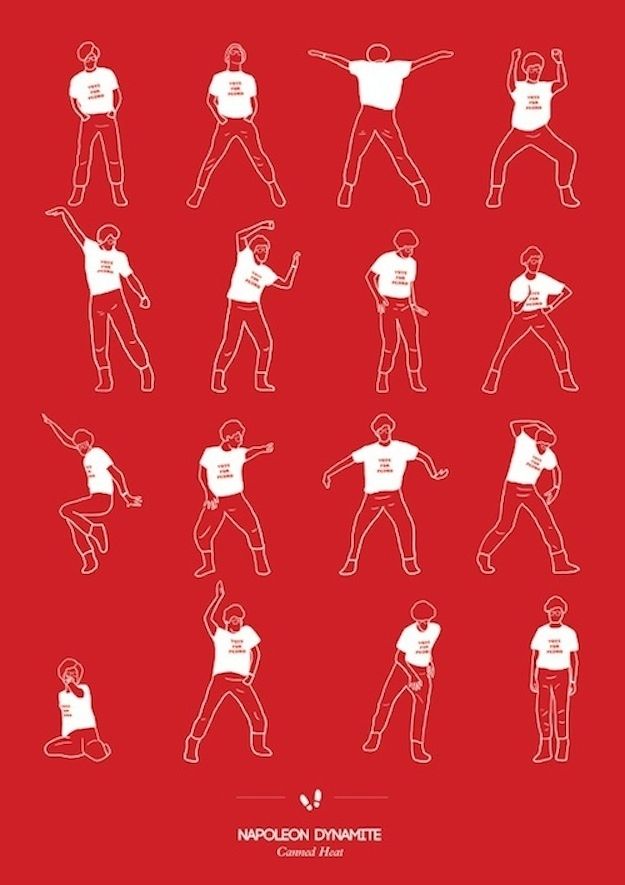 Explore various dance moves, combinations and patterns to see what feels right. Don't be afraid to push the envelope or get silly. You never know where a new move, combination or transition might come from. Just make sure that as you're going through this process, you're either videoing yourself or taking notes so you don't forget the steps.
Explore various dance moves, combinations and patterns to see what feels right. Don't be afraid to push the envelope or get silly. You never know where a new move, combination or transition might come from. Just make sure that as you're going through this process, you're either videoing yourself or taking notes so you don't forget the steps.
Chunk them into sections.
Once you have some individual steps and moves you like, chunk them into sections and start aligning them with different points in the music. As you do this, make sure you're putting all the sections together in a way that makes sense overall. Keep track of the chunks that you're creating, too. It will be much easier for you to practice the routine, or for you to teach it to your fellow dancers when it's chunked into specific sections.
Incorporate transitions.
Once you have the basic flow of your dance routine worked out, the finishing touch should be the transitions.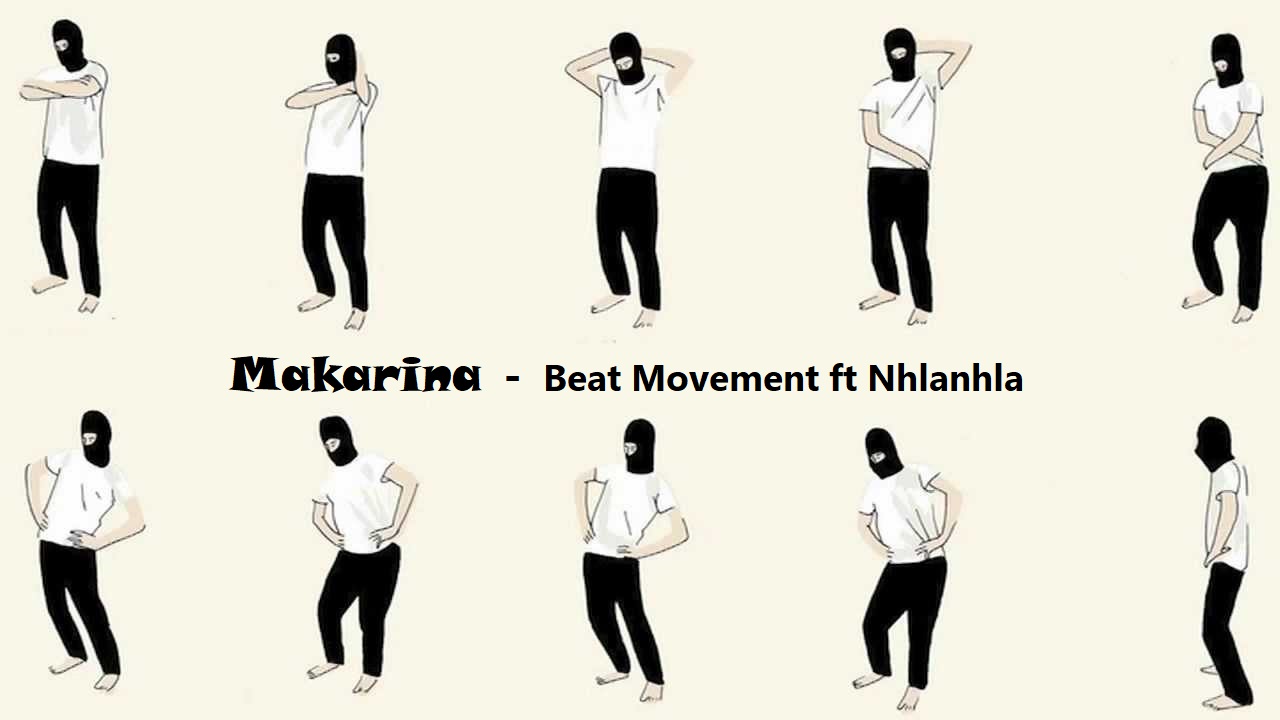 This ensures there is fluidity between one section of the dance to the next. While you might have some strong sections overall, if you have weak transitions, it will impact the overall look and feel of the routine. The dance will be hard for the audience to follow and they will be more focused on the structure rather than taking in the routine as a whole.
This ensures there is fluidity between one section of the dance to the next. While you might have some strong sections overall, if you have weak transitions, it will impact the overall look and feel of the routine. The dance will be hard for the audience to follow and they will be more focused on the structure rather than taking in the routine as a whole.
Think about cheap dance costumes and props.
Once you have the dance ironed out and thoroughly choreographed, it's important to think about props and costumes next. When you're doing so, keep the music you've selected in mind, as well as the overall theme. A classical piece is going to look strange if you or your fellow dancers are in hip hop outfits. On the other hand, if you have an edgier, more dramatic performance in mind, then a simple black leotard might not do the trick either. Props too can add a level of drama and flair to your dance, so are important to consider, as well. Just make sure they complement your routine and aren't simply used as an afterthought.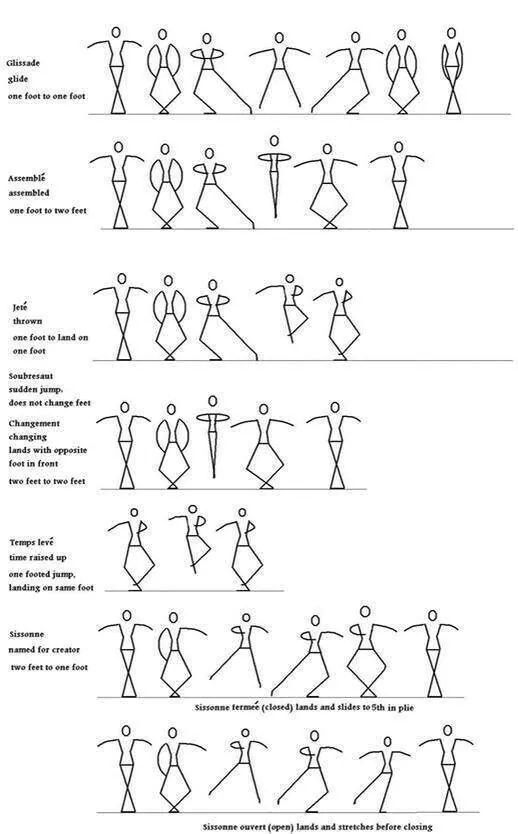
Be flexible.
If other dancers will be performing with you, then it's up to you to teach them the steps. At this point, it's important to stay true to your vision, but also not to be rigid, either. Another dancer could have an idea that could potentially add value to your initial dance theme and concept. Or, if you're realizing that a certain step or move is too hard to master, or isn't working out as you'd hoped, then be open to changing it.
When you're new at choreography, it's going to take plenty of patience and hard work to achieve all-star level. But follow the steps above and you'll be well on your way to creating your first routine with confidence.
Request a Just For Kix Catalog!
Dance, dance for yourself: 5 types of dance and their benefits for the body and mind
Health
© Shutterstock
March 22, 2019
If you are looking for a way to tone your body and mind, then dancing is the best solution. Pink talks about the benefits of dance classes through the lens of mental and physical health.
Dancing is a comfortable form of physical activity that requires work with your own weight and balance. Regular classes in any kind of dance help to normalize weight and strengthen the muscular frame. nine0003
Before each class, regardless of the chosen style, it is always necessary to warm up the body - a stage of easy and effective cardio. Only then can you begin to study dance movements and elements. At the end of any class, a moderate stretch is always performed. On average, one dance class burns from 200 to 1000 kilocalories, depending on the chosen style and individual training. Within a month after regular training, you can notice lightness and smoothness in movements, body tone, improvement in body endurance and posture. nine0003
In addition, dancing is an opportunity to relieve stress and stock up on resources to resist depression. During classes, a strong connection with your own body is established. Due to self-expression through movements to music, energy is unlocked, liberated from physical and psychological clamps. At the same time, dances always take place in rooms with mirrors, which also helps to build contact with our body, because during the day we rarely see ourselves from the outside. All this allows you to truly feel your body, accept it and be with it in one moment. And of course, any dance is an additional self-confidence. nine0003
At the same time, dances always take place in rooms with mirrors, which also helps to build contact with our body, because during the day we rarely see ourselves from the outside. All this allows you to truly feel your body, accept it and be with it in one moment. And of course, any dance is an additional self-confidence. nine0003
Advertising on RBC www.adv.rbc.ru
A direction that combines modern and postmodern dance techniques, as well as yoga, oriental body practices and martial arts. Contempo allows you to reassemble and feel your body - a mixture of Western and Eastern traditions requires balance, proper breathing, feeling all the muscles. During training, emphasis is placed on the work of the joints, building posture, establishing connections between the center of the body and the limbs. All this is called the process of body awareness, which allows you to coordinate both body and mind. nine0003
This direction requires the involvement of all muscle groups and coordination.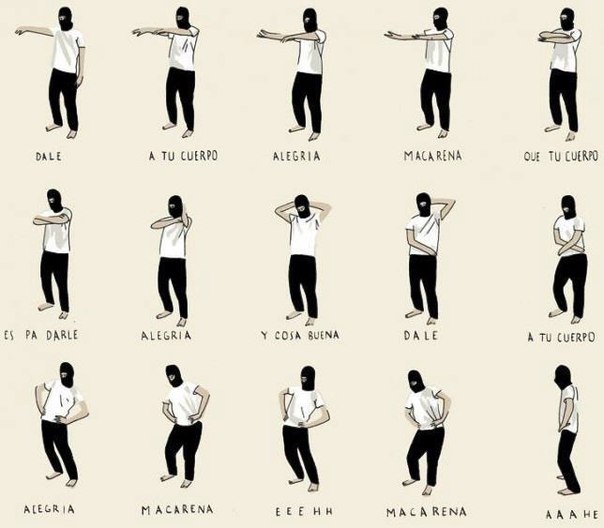 Therefore, the effectiveness of tango can be compared with aerobics or fitness. Also, this dance is considered one of the most social - tango cannot be danced alone. During classes, you need to feel a partner and trust him. This helps to solve problems with increased control and inability to relax. By the way, scientists from the Montreal Neurological Institute found that tango helps with Parkinson's disease. nine0003
Therefore, the effectiveness of tango can be compared with aerobics or fitness. Also, this dance is considered one of the most social - tango cannot be danced alone. During classes, you need to feel a partner and trust him. This helps to solve problems with increased control and inability to relax. By the way, scientists from the Montreal Neurological Institute found that tango helps with Parkinson's disease. nine0003
View this post on Instagram
One of the most popular dances of recent years, which most of the famous trainers learned on their own from the clips of their favorite performers. Smooth and rhythmic movements of the pelvis allow you to pump up not only the buttocks and lower back, but also all muscle groups of the legs.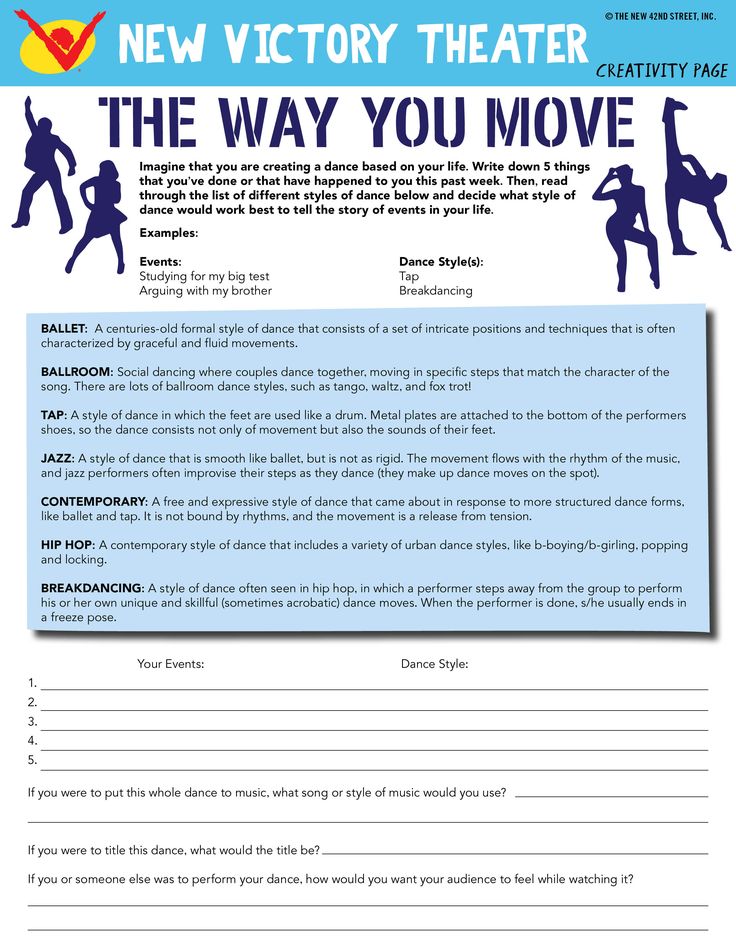 Also, twerking is a great direction for pumping intimate muscles, which are responsible for the colorful orgasms that help us feel better. nine0003
Also, twerking is a great direction for pumping intimate muscles, which are responsible for the colorful orgasms that help us feel better. nine0003
View this post on Instagram
This dance style was very popular during the heyday of nightlife in the 2000s. Now pole dance is a dance that allows you to literally replace the gym and stretching. During classes, all muscle groups work - from the arms, which need to hold your body on the pole, to the legs, the smoothness and strength of which is required for easy sliding along the pole. Yes, this dance requires serious physical training and success can be expected for several months, but each new skill builds self-confidence. nine0003
This dance is again becoming one of the most relevant. A huge number of men and women around the world dream of learning how to dance like Madonna in a Vogue video - hence so many video tutorials on YouTube and Instagram. The main emphasis of this dance style is active work with hands. Therefore, it is required to develop the flexibility of the arms and hands on a daily basis, which, by the way, has a positive effect on the functioning of the lymphatic system. Also, vogue is the type of dance that is more built on self-expression and a personal sense of music. All this develops a strong contact with the body and a phenomenal fluidity of movement. nine0003
A huge number of men and women around the world dream of learning how to dance like Madonna in a Vogue video - hence so many video tutorials on YouTube and Instagram. The main emphasis of this dance style is active work with hands. Therefore, it is required to develop the flexibility of the arms and hands on a daily basis, which, by the way, has a positive effect on the functioning of the lymphatic system. Also, vogue is the type of dance that is more built on self-expression and a personal sense of music. All this develops a strong contact with the body and a phenomenal fluidity of movement. nine0003
App Store: Birthday Dance Video Maker
Description
Choose your favorite birthday theme, put your face in the hole and turn yourself into a dancing star. Create funny videos with your face in!
Download now and turn yourself into a 3D animated dancer. It will help you to become a star in personalized birthday video with your face. Choose the best theme and get ready to celebrate your birthday! Create a 3D model of your face and place it on the dancers. Choose between different original backgrounds, clothes and accessories. Create your own video, record your own dance and share it. Add your own dance moves to your birthday celebrations. nine0043 DANCER SETUP
Choose the best theme and get ready to celebrate your birthday! Create a 3D model of your face and place it on the dancers. Choose between different original backgrounds, clothes and accessories. Create your own video, record your own dance and share it. Add your own dance moves to your birthday celebrations. nine0043 DANCER SETUP
Create your own personal dancer video! From head to toe, change whatever you want from your character. Create the perfect look for your character to show off better. Try different clothes, accessories and skin colors. When you're ready, the stage is yours.
Genuine THEMES
From superheroes to fictional movie and TV character shows, you can find a fun dance theme that suits your celebration. Discover the funniest birthday celebration costumes of superheroes such as, zombies, pirates, aliens and more. If you want more you can dress up as a mariachi, astronaut or wizard to have a magical birthday party. nine0043 DIFFERENT STAGES DIFFERENT SONGS
Choose the background where you would like to perform and wait for the surprise song that comes with it.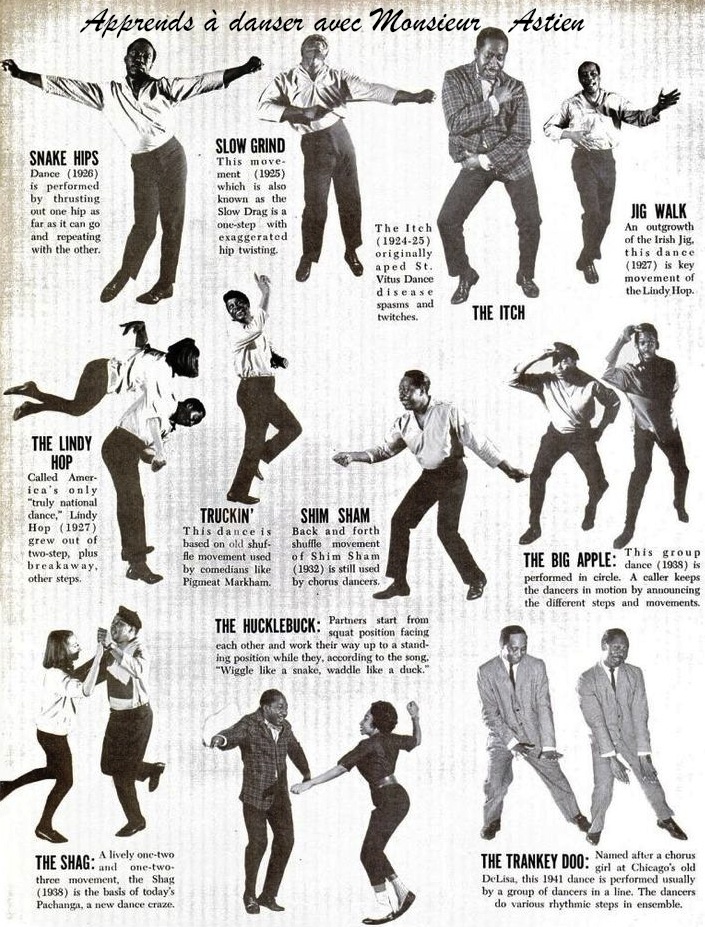 Wink show time now We have packed the app with the best dance stages and songs.
Wink show time now We have packed the app with the best dance stages and songs.
DANCE with friends
We offer you different options to show your moves. All you need to do is choose the theme you like and put your face in 3D in these fun animations. Dance alone or dance with a friend. Create video and share it with in social media. They will love the video. Come and just dance with us! nine0043 SHARE ON SOCIAL MEDIA
Save dance videos and share on social media. Enjoy your birthday celebration with family or friends!
Developer Bonifacio Melero has indicated that, in accordance with the app's privacy policy, data may be processed as described below. Detailed information is available in the developer's privacy policy.
Data used for tracking information
The following data may be used to track user information on apps and websites owned by other companies:
- Identifiers
- Usage data
Unrelated with user data
The following data may be collected, which is not related to the user's identity:
- Identifiers
- Usage data
Sensitive data may be used differently depending on your age, features involved, or other factors.





